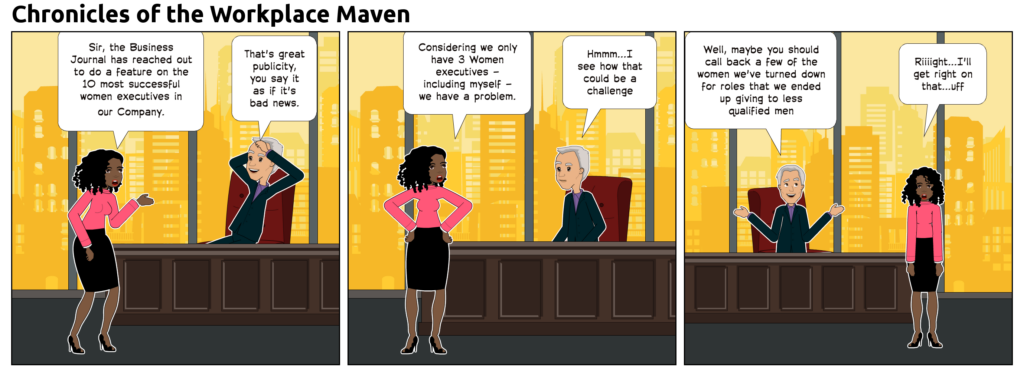Despite the strides that have been made in improving gender equality in companies, the reality is women are still paid significantly less than their male counterparts, and women continue to be underrepresented in senior management roles. As we begin Women’s History Month, I thought it would be appropriate to start the month with a discussion on ways that organizations can truly promote parity in the workplace. Leaders play a critical role in overcoming gender parity hurdles in their workforce and below are 3 workplace recruiting and hiring practices companies can implement in order to intentionally work towards gender parity.
1. Proactively Source a Diverse Pipeline
Once you’ve put gender parity at the forefront of your hiring process, the first step is ensuring your candidate pipeline reflects your diversity goals; assuming you’ve set goals. Rather than waiting around for candidates to come to you, purposely source a gender diverse pipeline. This can involve seeking out diverse, passive candidates through channels like LinkedIn, Meet-up groups, Facebook groups and communities or membership organizations that promote the advancement of women. You can also seek out referrals from colleagues asking them to help you identify candidates outside your usual recruiting pipeline. The trick is to focus on finding, building and maintaining a network of talented candidates for a broad range of positions before you have specific positions in mind, then when the available position has manifested, you introduce it to the appropriate pipeline.
2. Remove Names from Resumes Everybody knows about the pay gap but what isn’t talked about is that fact that there’s a job-interview gap, too. A recent study where fake resumes of equally qualified men and women were sent out to apply for real jobs found that women were 30% less likely than men to be selected for an in-person interview. Whether we admit it or not, we all have personal biases – and while not a perfect solution, a process worth consideration is what is known as blind hiring or anonymous recruiting. In practice, an applicant’s name (and sometimes all identifying information) is removed from the resume prior to being distributed for review to hiring managers. The theory is that unintentional bias is reduced by removing the ability to unconsciously make assumptions by an applicant’s name identifying them as female, where they went to school or what year they graduated. While it still won’t fix an individual hiring manager’s prejudices about the abilities of one gender over the other, at a minimum it would help more women candidates get a foot in the door.
3. Set a Diverse Group of Interviewers
Implementing diverse hiring panels can also help an organization cast a wider net in attracting female candidates at the outset of the hiring process while also helping to reduce the impact of unconscious bias in hiring. In fact, since the Intel organization began requiring that a panel of interviewers for any new hire include at least two women and/or members of underrepresented minorities in 2014, they’ve seen the diversity of new hires climb dramatically, in that 45.1 percent were women or people of color, up from 31.9 percent in 2014. At Cisco, diverse interview panels increased the odds of making it through the interview process by 50 percent for Hispanic women and 70 percent for African-American women. Of course, it’s not about just throwing in a few token female participants into the vetting process; putting together a diverse panel takes thoughtfulness, with ideally each member having a voice and everyone appreciating the value of diverse opinions such that it improves the odds for women in the hiring process.
Achieving gender parity in the workplace starts with women having the opportunity to even be considered for significant roles. Essential to that strategy is attracting and hiring qualified female candidates through fair recruitment strategies. Since the disparity remains so prevalent, I would say that it’s time for organizations to think outside of the box and work with intentionality to lessen the gap and get closer to fairness and equity in the opportunities provided.

